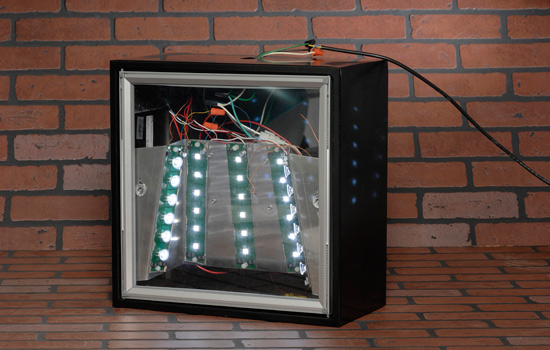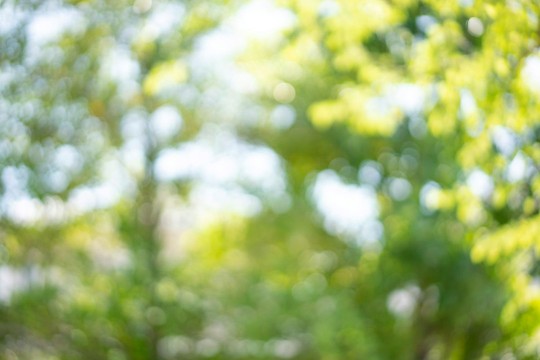Students revamp outdoor lighting system
A. Sue Weisler | photographer
A prototype LED lighting system will be showcased at the festival. The student team hopes to utilize the LED system to retrofit RIT’s walkway lights, reducing environmental impact and decreasing the nearly $3 million the university spends annually on lighting.
New technology is allowing businesses and organizations of all sizes to both reduce environmental impact and improve economic efficiency in ways that were previously not possible.
Currently, RIT students are adding to this development through a multidisciplinary senior design project, which is working to design an LED-based device for the ultimate retrofit of RIT’s outdoor walkway lighting system. LED, or light-emitting diode, based lights use less energy, are more durable and require less maintenance than traditional light bulbs and could drastically reduce the $3 million RIT spends annually on lighting.
The use of such lights will also decrease the campus’ environmental footprint and serve as a model for the introduction of LED lights in other areas of the university, including residence halls and classroom buildings. A project prototype and proposed campus LED system design will be showcased during Imagine RIT.
“We hope this effort will reduce the campus’ overall energy use and assist RIT in becoming a more sustainable university,” says Shawn Russell, the project team leader. The LED light design team also includes fellow RIT students Arthur Deane, David Eells, Christine Lagree, Phil Pietrantoni and Taylor Shivell. In an ongoing effort to increase the sustainability of the RIT campus, the Kate Gleason College of Engineering created a sustainable product, and energy track in its multidisciplinary senior design program in 2006.
Projects developed out of the track seek to enhance the energy efficiency and use of alternatives in a wide variety of campus operations. Previous efforts have included the installation of a wind-powered walkway light and improvements to the operations of a heating system for campus buildings.
“The alternative energy projects are designed to enhance engineering students’ understanding of sustainable design and technology development while also assisting RIT in increasing the overall environmental quality of campus facilities with innovative technologies,” notes Rob Stevens, assistant professor of mechanical engineering and primary faculty guide for the sustainable product and energy track.















